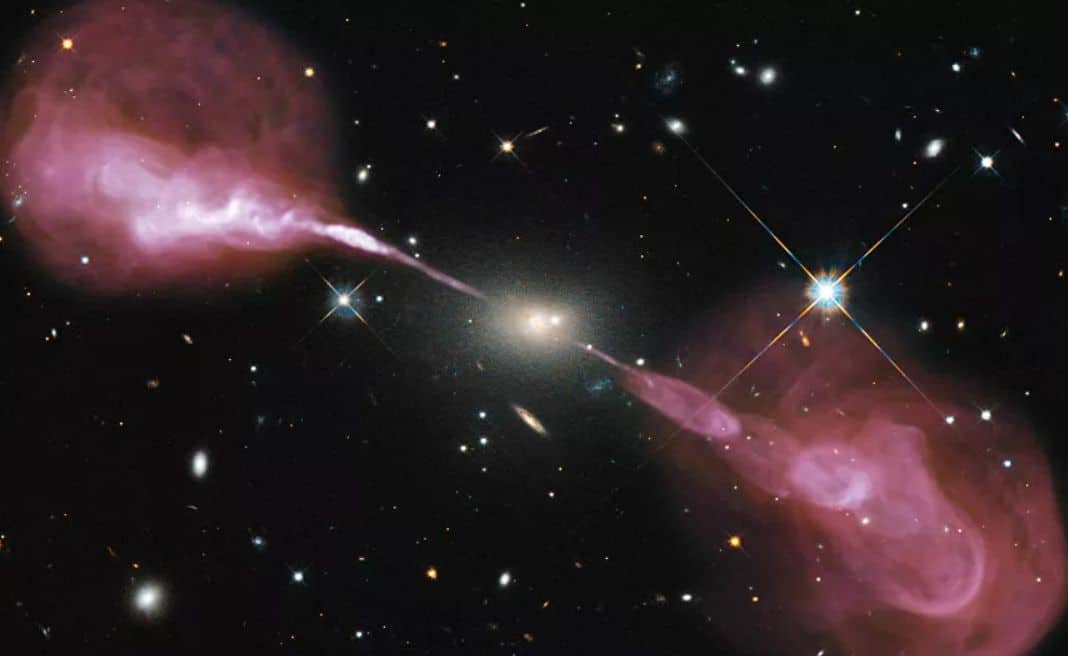As is known, black holes are so named because they do not emit or reflect light or any type of electromagnetic radiation. However, a group of scientists says they have explained a single flash of light generated by the fusion of two black holes.
When two black holes spiral around each other and finally fuse together, they emit waves into space-time called gravitational waves. However, this process does not emit light, so until recently these fusions were especially difficult to identify. Now, for the first time, astronomers have observed one that produces light.
With the help of the Zwicky Transient Facility (ZTF) at Caltech University, located at the Palomar Observatory near San Diego, scientists have detected what could be a flare of light from a pair of fused black holes.
Their merger was captured by the LIGO Gravitational-Wave Observatory and the European Virgo detector on May 21, 2019, at an event called S190521g. As black holes merged, shaking space and time, they sent gravitational waves.
While this was happening, the ZTF was studying the sky and captured an eruption generated by a distant active supermassive black hole, or quasar, called J1249 + 3449 in the region where the S190521g event occurred.
“This supermassive black hole was burbling along for years before this more abrupt flare,” says Matthew Graham, professor of astronomy at Caltech and a participant in the ZTF project.
Graham and his colleagues believe that the two associated black holes were within a gas disk surrounding another supermassive black hole. Once the holes come together, the larger resultant hits a blow that changes its orbit and sends it in a random direction, forming a disk of gas.
In its path, this new hole traps the gas around it and heats it to levels that in the visible spectrum are seen as a flash of light. The flare begins days or weeks after the initial exit of the gravitational waves produced during the fusion.
“At the center of most galaxies lurks a supermassive black hole. It’s surrounded by a swarm of stars and dead stars, including black holes,” explains study co-author KE Saavik Ford of New York City University.
The newly formed black hole should cause another flash in the next few years. The fusion process gave the object a blow that should cause it to re-enter the supermassive black hole disk producing another flash of light that the ZTF should be able to see.
